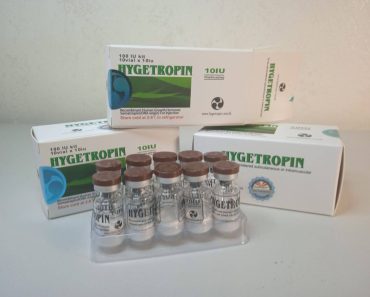In the realm of modern manufacturing, sustainability has become an imperative rather than a mere option. As industries seek to reduce their environmental footprint and embrace eco-friendly practices, die casting emerges as a pivotal player in driving sustainability forward. This article explores how die casting services are shaping the landscape of sustainable manufacturing, revolutionizing traditional processes, and fostering a greener future.
The Essence of Die Casting
At its core, die casting is a manufacturing process that involves injecting molten metal into a steel mold, known as a die, under high pressure. This technique yields precise, high-quality components with intricate shapes, making it a preferred choice across various industries, including automotive, aerospace, electronics, and more. The versatility and efficiency of die casting have long been recognized, but its role in sustainability is gaining prominence.
Material Efficiency: Doing More with Less
One of the primary ways die casting promotes sustainability is through material efficiency. Unlike other manufacturing methods that generate significant material waste, die casting operates on a “zero waste” principle. The precision of the process allows for the utilization of nearly all the material injected into the die, minimizing scrap and maximizing resource utilization. This inherent efficiency not only reduces material costs but also minimizes environmental impact by die casting process resources and reducing landfill waste.
Energy Conservation: A Greener Footprint
Die casting also contributes to sustainability through energy conservation. The process requires substantial energy to heat and maintain the molten metal, but advancements in technology have led to significant improvements in energy efficiency. Modern die casting facilities employ innovative techniques such as optimized furnace designs, thermal management systems, and process automation to minimize energy consumption. By reducing the energy intensity of manufacturing operations, die casting helps lower greenhouse gas emissions and alleviate the strain on finite energy resources.
Recyclability: Closing the Loop
Another key aspect of die casting’s sustainability lies in its recyclability. Aluminum and zinc, two common metals used in die casting, are highly recyclable without compromising their quality or performance. This means that end-of-life components and scrap materials can be collected, melted down, and reintroduced into the manufacturing process with minimal energy expenditure. By promoting a closed-loop system, die casting minimizes the demand for primary raw materials and reduces the environmental burden associated with mining and extraction.
Lean Manufacturing: Streamlining Operations
Die casting embraces the principles of lean manufacturing, focusing on efficiency, waste reduction, and continuous improvement. By streamlining operations, optimizing workflows, and eliminating non-value-added processes, die casting facilities can achieve higher productivity with fewer resources. Lean practices not only enhance sustainability by reducing excess material usage and energy consumption but also improve product quality, lead times, and overall competitiveness in the market.
Design for Sustainability: Collaborative Innovation
In the pursuit of sustainability, collaboration between manufacturers, designers, and engineers is essential. Die casting enables the production of complex geometries and intricate designs that optimize material usage and performance. Through design for sustainability initiatives, stakeholders can leverage the capabilities of die casting to develop products that are lighter, more durable, and more energy-efficient. By integrating sustainability considerations into the design phase, companies can minimize environmental impact throughout the product lifecycle, from production to end-of-life disposal.
Regulatory Compliance: Meeting Environmental Standards
In an increasingly regulated environment, adherence to environmental standards is non-negotiable for manufacturers. Die casting facilities must comply with stringent regulations governing emissions, waste management, and resource conservation. By investing in pollution control technologies, waste reduction strategies, and sustainable practices, die casting companies demonstrate their commitment to environmental stewardship and ensure compliance with local, national, and international regulations. Moreover, proactive sustainability measures can enhance brand reputation, attract environmentally conscious customers, and create long-term value for stakeholders.
Conclusion: Paving the Way for Sustainable Manufacturing
In the quest for sustainability, die casting services emerge as a beacon of innovation and progress in the manufacturing industry. Through material efficiency, energy conservation, recyclability, and lean manufacturing practices, die casting facilities are driving positive environmental change while maintaining competitiveness and profitability. By embracing sustainability as a guiding principle and collaborating across disciplines, manufacturers can leverage the inherent advantages of die casting to pave the way for a greener, more sustainable future.
In summary, die casting isn’t just about shaping metal; it’s about shaping a more sustainable world.
Top of Form





